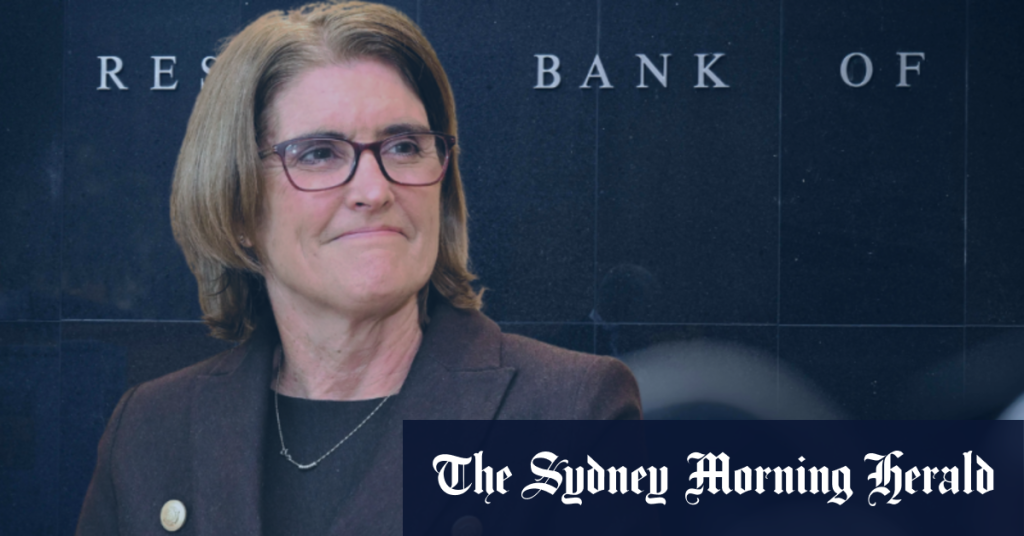Economists and analysts have mixed opinions on the risks facing the Australian economy as the Reserve Bank of Australia weighs its next move on interest rates. While some believe that higher shipping costs may lead to increased tradable inflation, others warn against further rate hikes in an economy struggling to grow with rising unemployment. However, some experts argue that the RBA has not tightened monetary policy enough, pointing to stubborn inflation and strong employment numbers.
In the lead up to the August interest rate meeting, attention will be on retail sales data and the housing market. Retail sales figures will be released by the statistics bureau, while CoreLogic’s July dwelling value index will shed light on the pace of home price growth. Rising asset prices can contribute to inflation by boosting consumer spending, making these indicators crucial for understanding the overall economic landscape.
In addition to these key data points, other indicators such as building approvals figures for June, international goods trade statistics, and the producer price index and lending indicators will also be released by the Australian Bureau of Statistics. These figures will provide further insight into the health of the economy and may influence the RBA’s decision on interest rates.
The debate on whether the RBA should raise rates further or hold steady highlights the complexity of the economic challenges facing Australia. With some economists warning of potential risks from rising shipping costs and others advocating for more aggressive rate hikes, the RBA faces a delicate balancing act in managing inflation and supporting economic growth.
As the RBA’s decision approaches, the focus will be on key economic indicators and data releases to gauge the state of the Australian economy. Retail sales data, housing market trends, and other statistics will be closely watched to assess the impact on inflation and growth prospects. The diverging views among economists and analysts underscore the uncertainty and volatility in the current economic environment.
Overall, the upcoming interest rate meeting and data releases will offer a clearer picture of the challenges facing the Australian economy. With conflicting views on the appropriate monetary policy response, the RBA will need to carefully consider the data and expert opinions in making its decision. The outcome of the meeting will have significant implications for businesses, consumers, and investors as they navigate the evolving economic landscape.


